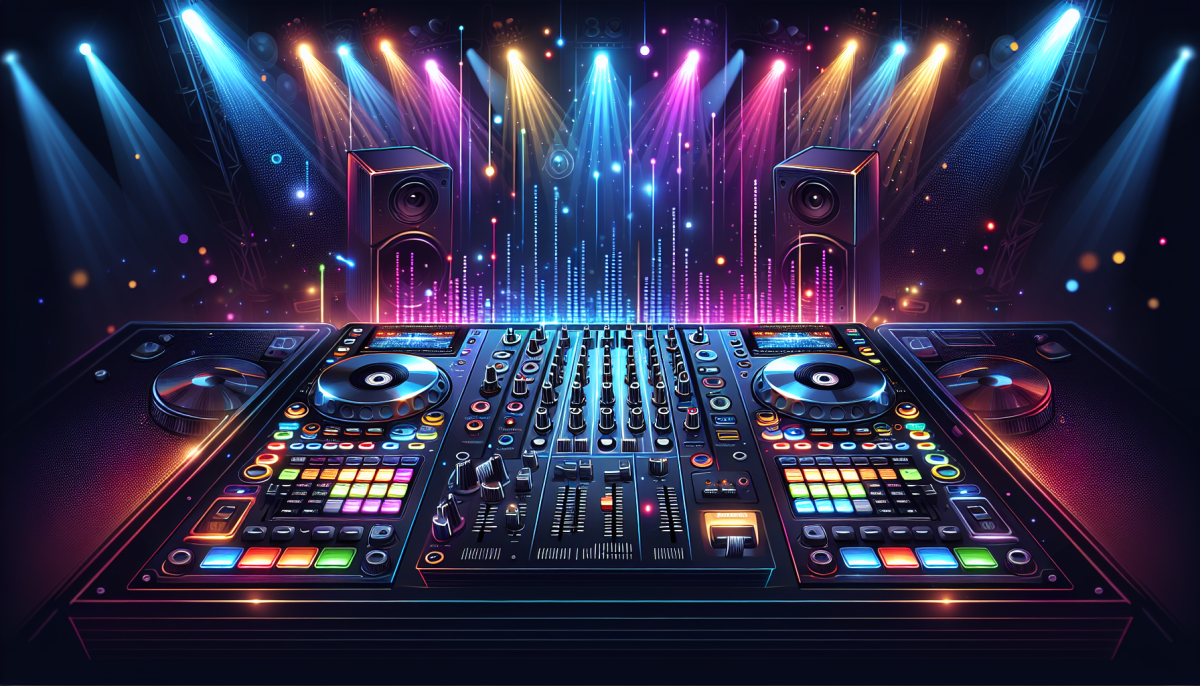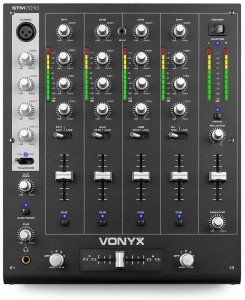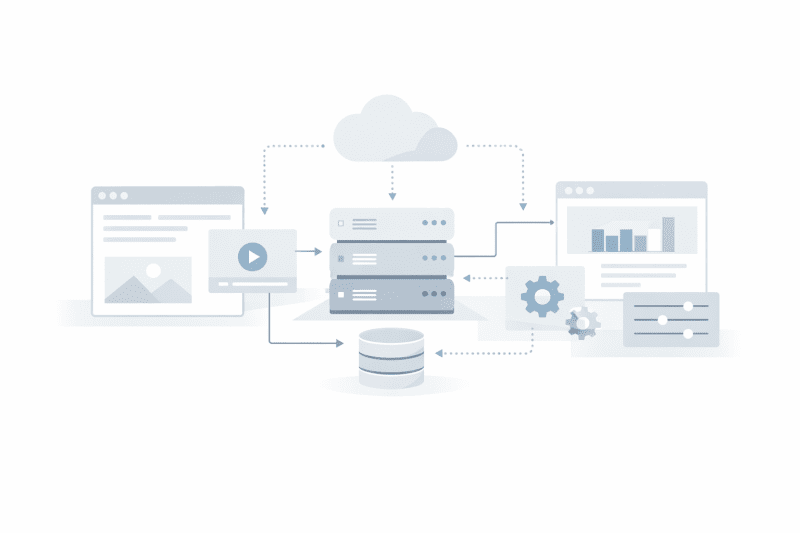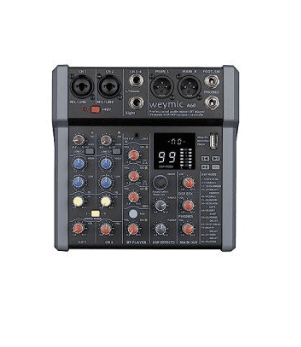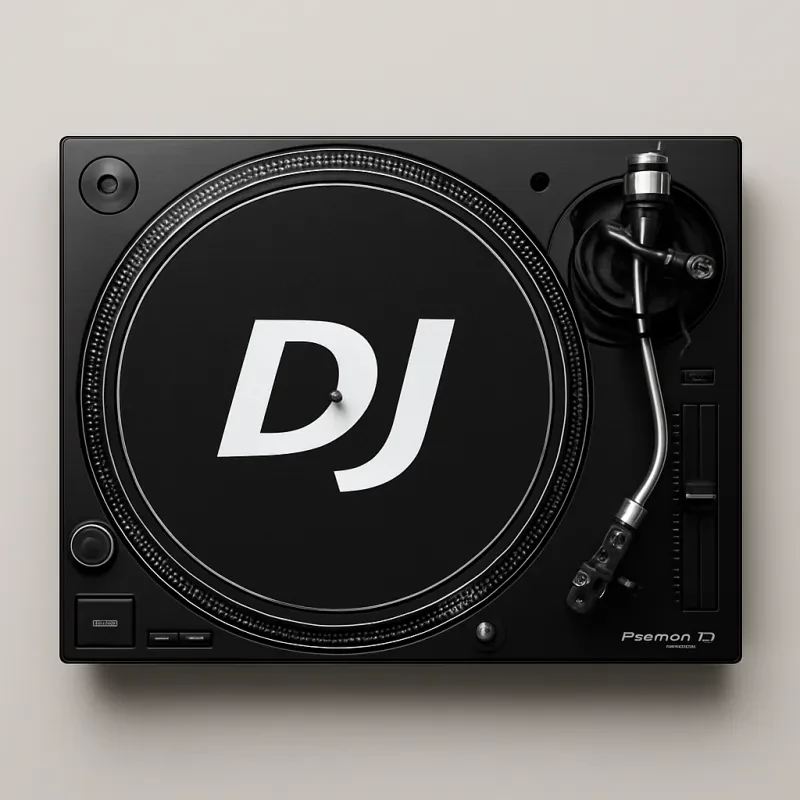Understanding the Basics of DJ Mixers: A Comprehensive Guide
DJ mixers are essential tools for any DJ who wants to create a seamless transition between tracks. These mixers enable DJs to blend and manipulate the sounds from various sources, such as turntables, CD players, and digital music players, to produce a cohesive and engaging performance. If you're new to the world of DJing, here's a comprehensive guide to help you understand the basics of DJ mixers.
What is a DJ Mixer?
A DJ mixer is a device that allows DJs to mix several audio signals into one output. It typically contains multiple input channels, each with its own equalizer and gain control, that enable DJs to combine different sound sources and adjust their individual volume levels. DJ mixers also include a variety of effects and filters that DJs can use to manipulate the sound to create transitions, drops, and other sonic transitions.
Components of a DJ Mixer
A typical DJ mixer has the following components:
- Input Channels: These are the channels that enable DJs to connect different sound sources such as turntables, CD players, and digital music players to the mixer. A typical DJ mixer has two to four channels.
- EQ/Filters: Each input channel contains an EQ or filter section that enables DJs to adjust the frequency response of the sound. EQs are used for cutting or boosting certain frequency ranges, while filters are used to manipulate the sound and add effects such as echo, reverb, or phaser.
- Crossfader: The crossfader is a horizontal fader that allows DJs to fade between two channels, creating a smooth transition between two tracks. The crossfader typically has a curve control that enables DJs to adjust the amount of blending between the two channels.
- Master Output: The master output is the final output of the mixer, where DJs can control the overall volume of the mix. This output is connected to an amplifier or speakers for public playback.
Mixing Techniques
Here are some basic mixing techniques that DJs use to create smooth transitions between tracks:
- Beatmatching: This technique involves aligning the beats of two tracks so that they play in sync. DJs use their ears and a pair of headphones to ensure that the beats of the two tracks match up.
- Cueing: Cueing is the process of previewing a track in a headphone before playing it out loud. DJs use this technique to ensure that the next track is cued up at the right point for a smooth transition.
- Equalizing: DJs use the EQ/Filters on each channel to manipulate the sound of the two tracks so that they blend seamlessly together. For instance, DJs may cut the bass on the track that's about to be mixed in to avoid clashing with the bass on the current track.
- Crossfading: The crossfader enables DJs to gradually fade between two tracks to create a smooth transition. DJs typically use the crossfader in conjunction with EQ adjustments to create a cohesive mix.
With these basic techniques and an understanding of the components of a DJ mixer, you'll be well on your way to creating your own unique mixes. Remember, DJing is an art form, and it takes practice and experimentation to truly master the craft. So keep at it, and have fun!
Choosing the Right DJ Mixer: Key Features to Consider
When it comes to DJing, having the right equipment is crucial. And one of the most important pieces of equipment for any DJ is the mixer. But with so many different options on the market, it can be difficult to know what to look for. To help you make an informed decision, here are some key features to consider when choosing a DJ mixer:
Number of channels
The number of channels on a mixer refers to how many audio sources you can connect at once. For example, if you plan on mixing tracks from two turntables and a CD player, you'll need a mixer with at least three channels. If you only plan on using a single audio source, a two-channel mixer will suffice.
Input/output options
Make sure the mixer you choose has the input and output options you need for your setup. For example, if you plan on using digital audio sources, you'll need a mixer that has USB or MIDI inputs. And if you plan on playing your mixes through a club's sound system, make sure the mixer has balanced XLR outputs.
Effects and EQs
Some mixers come with built-in effects, like reverb or delay, which can add extra depth and texture to your mixes. Others come with built-in EQs (equalizers), which allow you to adjust the levels of the different frequencies in each audio channel. Think about which features are important to you and choose a mixer that has them.
Crossfader quality
The crossfader is the part of the mixer that allows you to smoothly transition between audio sources. Make sure the mixer you choose has a high-quality crossfader that feels comfortable to use and provides precise control over your mixes.
Price
Last but not least, consider your budget. DJ mixers come in a wide range of prices, from budget-friendly options to professional-grade models. While it's important to invest in a mixer that meets your needs, make sure you're not overspending on features you won't use.
By considering these key features, you can choose a DJ mixer that will help you create seamless, professional-quality mixes. So do your research, take your time, and find the perfect mixer for your unique DJing style.
Mastering the Art of Mixing: Tips for DJ Mixer Techniques
Mixing is the art of seamlessly blending two or more tracks together to create a unified and dynamic sound. As a DJ, it's essential to master mixing techniques to keep your audience engaged on the dance floor. Here are some tips for mastering the art of mixing using your DJ mixer:
1. Beatmatching: It's crucial to match the beats of two tracks so that they stay in sync while playing simultaneously. Use the pitch control to adjust the tempo of one track to match the other. Pay attention to the beats per minute (BPM) of your tracks and practice beatmatching until you can do it without thinking. 2. EQ Control: EQ control allows you to change the tone and frequency of each track, helping you to blend them more seamlessly. Use the low, mid, and high knobs to adjust the bass, midrange, and treble frequencies of each track, matching the sound and volume until they complement each other. 3. Fader Control: Fader control helps you to adjust the volume of each track during transitions. You can use the volume fader to slowly bring in a new track while fading out the existing one, creating a smooth and seamless transition between the two. 4. Effects Control: Using effects such as reverb, echo, and filters can add texture and depth to your mixes. Use the effect control knobs to adjust the level of each effect and experiment to find the perfect combination for your mix. 5. Cueing: Cueing is the act of previewing a track through headphones before playing it to the audience. Use the cue button on your mixer to isolate the track you want to preview and use the headphone jack to listen to it before bringing it into the mix. Practice cueing to ensure that you can preview tracks quickly and precisely.
In conclusion, mastering mixing techniques is essential for any DJ. By using the tips above, you can achieve a seamless mix and keep your audience engaged on the dance floor. Remember that practice makes perfect, so keep experimenting until you find the perfect mix for you and your audience.
Vonyx STM-7010 4-Channel USB DJ Mixer
Unleash your creativity and elevate your performances with this versatile and user-friendly DJ mixer designed for professionals and enthusiasts alike
Product information
$309.93
Product Review Score
4.76 out of 5 stars
151 reviews